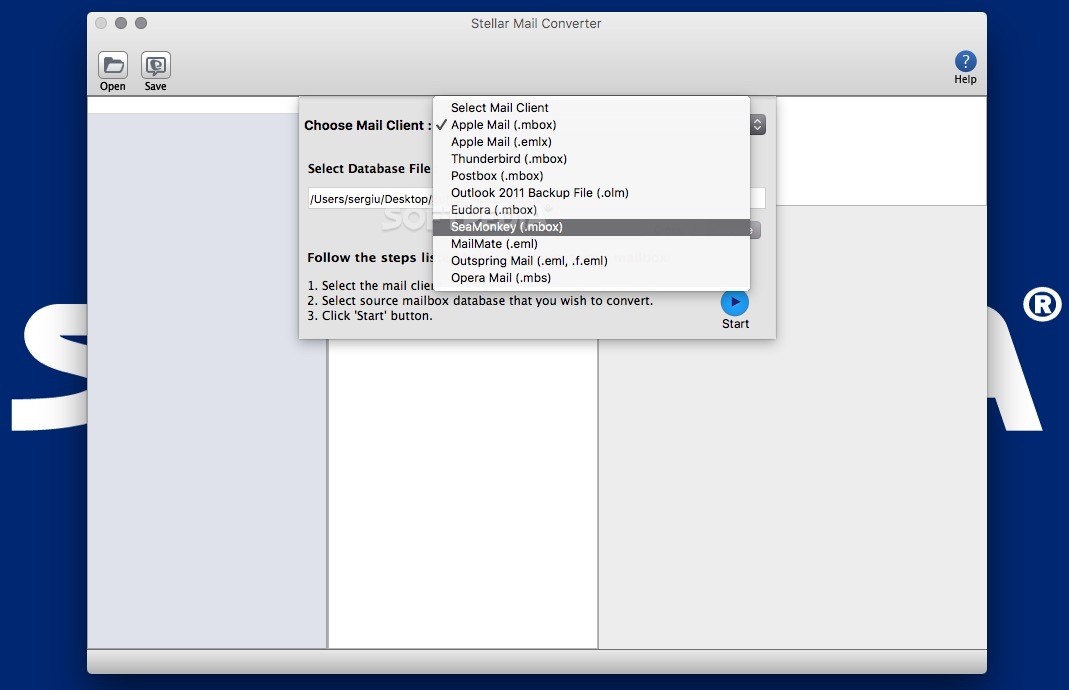

You can now copy or move email from this archive folder to another folder as required, or just view items in the archive as they are.In some circumstances the folder collection may be labelled Outlook Data Files instead.

This will open the chosen file, and you should see it listed as a folder collection called Archives at the bottom of your folder list.
#Mac mail archive folder missing how to#
How to perform manual archiving of your email: If your computer is replaced, upgraded or re-imaged with a new version of Windows, or if your hard drive drive fails, your archived folders are highly likely to be lost irrecoverably unless you have made a backup copy of them. REMEMBER! If you are auto-archiving to a location on your computer's hard drive, you are responsible for making backup copies of the archived data. This is especially true if you are using a local storage location (for example your computer's hard drive) rather than the networked storage facilities. If you use archives with Outlook on more than one computer then your archives may be in separate locations. NOTE that these options apply only to the computer on which you're now using Outlook. button which will open a window showing the current storage location. Note this location (you may have to click in the chooser box, then use your keyboard's arrow keys to move to the right or left to see the entire file path and name). If auto-archiving is switched on, the options should say where the archives will be held (in the Move old items to: chooser box). If the Run AutoArchive every N days option box is not ticked then auto-archiving is switched off, and the other options shown will be greyed-out and inactive. If the Run AutoArchive every N days option (at the top) is selected (ticked) then auto-archiving is switched on, and the other options below it will be active. The options here control the AutoArchive function, including its frequency, how old messages should be before they are archived, and whether items should be moved to another folder: in the AutoArchive section to open its dialogue box: Click on Advanced, again in the column on the left.In Outlook, open the File tab and click on Options (in the column on the left).How to check to see if auto-archiving is in operation: These instructions are valid for use with Outlook 2010 or 2013. 1637How to check your Outlook auto-archive settings, do manual archiving, or access your archives


 0 kommentar(er)
0 kommentar(er)
